Propaganda is a concept that is deeply misunderstood. This concept has been painted with a negative paint brush. However, in its essence, the word propaganda is neither bad nor good; what is imperative is how it is practiced by the perpetrator. The concept can be negative or positive depending on the motive of the person, institution or government that is orchestrating the message. The art world and media can be powerful tools to convey, and successfully indoctrinate the public by means of propaganda.
Propaganda can be defined as “statements or ideas that are often exaggerated or false, and are spread in order to help a leader, cause, a government, etc.” Simply, propaganda is when overly biased and often misleading information is continuously and persistently fed to a carefully selected audience. Such actions can lead to misinformation and disinformation which can be an effective tool when consumed by the targeted audience. Propaganda is forced upon us daily without us being aware, and if it is done with noble intentions, it has the potential to positively change the world. Positive propaganda is often used by the government and other organizations to promote positive messages and lifestyles.
Propaganda has been used over centuries, even Napoleon relied heavily on propaganda to win his wars. However, it was perfected during the First World War by the American government. During World War I, propaganda was employed on a global scale. Unlike previous wars, this war changed how propaganda was employed, and it was used on a massive scale from this war onwards. This was also utilized during the Biafran war in Nigeria and the war to end apartheid in South Africa.
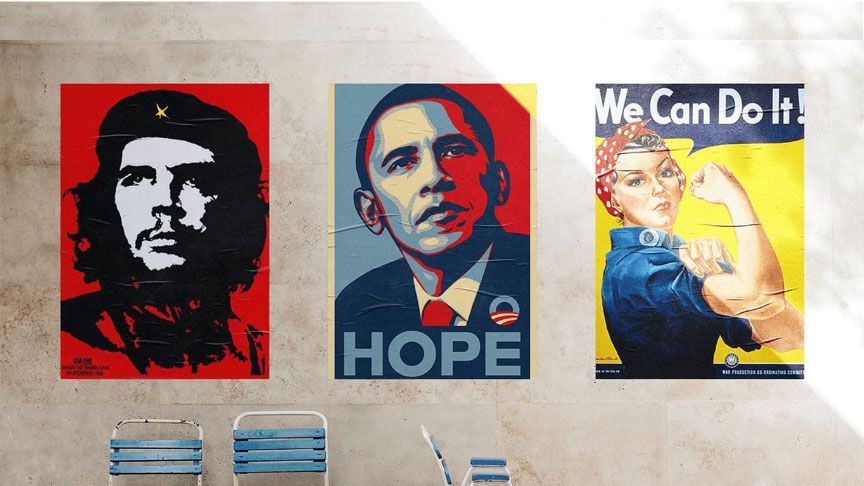
Regardless of which side of the political spectrum one belongs to, impartiality of information is imperative in order for the public to create an informed political opinion. Unfortunately, media outlets are in the business of giving a platform to news that sell and those that suit the agenda of those that have the biggest purse. Positive propaganda is heavily enforced by the media, if it will sell their publications.
Positive propaganda is utilized to stir up those feel-good, positive emotions. Advertisers use general statements and images in a positive sense. Propaganda can also be used to promote unity, solidarity and harmony among people during conflicts. Thus, propaganda can be positive, if it is used to help people and promote positive change in the society. Positive propaganda can be utilized to stir up strong feelings of patriotism, as well as mobilize people to collectively support a good cause, such as the fall of apartheid which was strongly supported globally through this very method.
Positive propaganda can be identified with wide-spreading images portraying the positive aspects of war. These supported the war effort showing brave, dependable and modest soldiers on the front, and the peaceful and virtuous families back in the homeland. This could relate to gay rights, civil rights, and others. This falls in line with the United Nations Sustainable Development Goal of Peace, Justice and Strong Institutions.
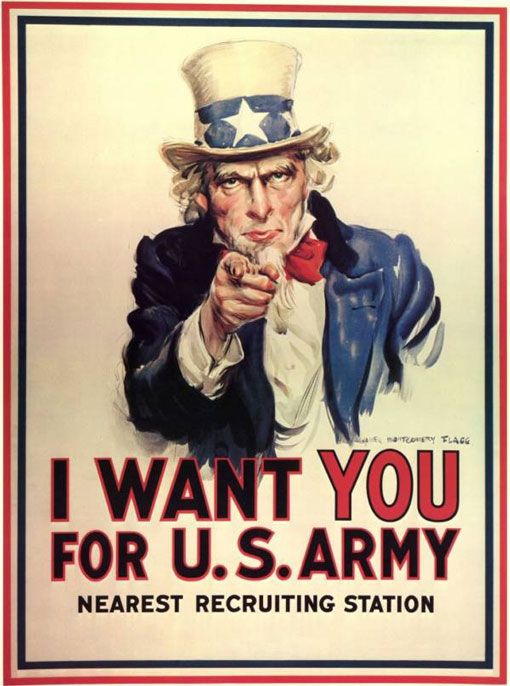
There are more than 40 active conflicts around the world at the moment. However, not all wars receive media attention. In order for some wars to be favoured over others, there needs to be a heavy presence of propaganda. As stated in an article by Shah, probably every conflict is fought on at least two grounds: the battlefield and the minds of the people via propaganda.
The good guys versus the bad guys, us versus them, are effective tools to ensure that the public supports the wars waged by governments. This phenomenon can be likened to a beauty contest, all women who enter it are beautiful, but only three will take the podium and one will be crowned the winner. This is the case with the Biafra war which took place in Nigeria in the 1960s, and the apartheid war in South Africa. Both wars received an enormous amount of media attention and they were also highlighted in the artworks of various artists such as the Medu Art Ensemble, The Sestigers (Sixtiers) and many more.
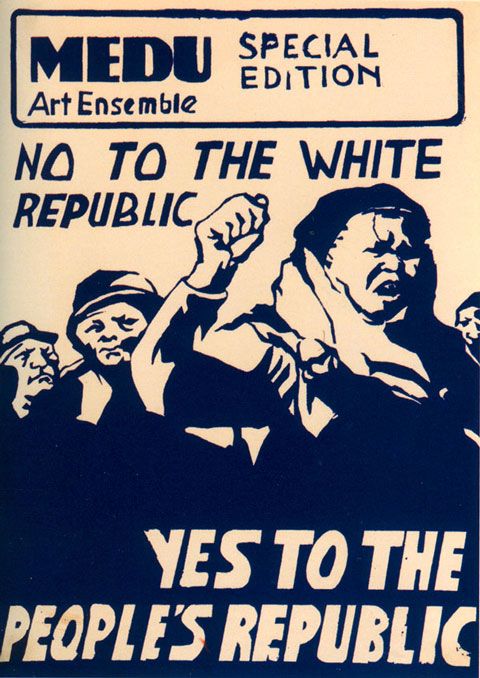
The Biafra war was a civil war fought between the government of Nigeria and the Republic of Biafra, a secessionist state which had declared its independence from Nigeria in 1967. The war was led by Chukwuemeka "Emeka" Odumegwu-Ojukwu, who declared Biafra an independent state and a civil war ensued. He was the leader who led the Biafran people.
Biafran propaganda played a pivotal role in the political and diplomatic conduct of the Nigerian civil war. Their propaganda campaign portrayed the war as the only possible response to a genocidal campaign against them. This war implemented various media outlets to spread their propaganda. The Biafran government engaged Radio Biafra as a propaganda tool to propagate the war as genocide. Biafra's propaganda was designed to create a coherent message and intended to elicit sympathy from world public opinion and to instil a survival ethos in its population at home despite very limited communication resources.
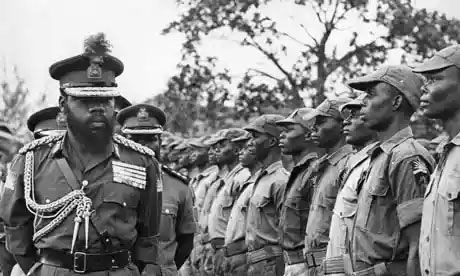
The antiapartheid activists decisively won that war, particularly in the international media. The apartheid was a system of institutionalized racial oppression that existed in South Africa from the time Europeans first occupied South Africa in the 17th century, but was officially legalized in 1948. The Palestine-Israeli war first occurred in 1947 and it is still ongoing yet, however, apartheid and other wars that took place after it, received more media attention. This phenomenon is unfair but it still benefits people who are affected by these atrocities.
Apartheid Divestment Campaigns were the most effective forms of media attention. This war, like many others, was started, implemented and supported by students. This movement was a protest of US company investment in the South African Apartheid government. The most successful nation-wide campaign for divestment occurred in the 1970s and 1980s when student organizations all across the country started protesting. Students were at the forefront of Anti-Apartheid Movement campaigns.
There were other political protests that followed the disinvestment movement, but none were more prominent than the highly media covered June 1976 student protest in Soweto. This uprising was a protest against the apartheid government that started in Soweto. This protest will forever be etched in people’s minds because of a hauntingly perfect photograph taken during the protest. As stated in the article in Time magazine, This Photo Galvanized the World Against Apartheid by Aryn Baker.
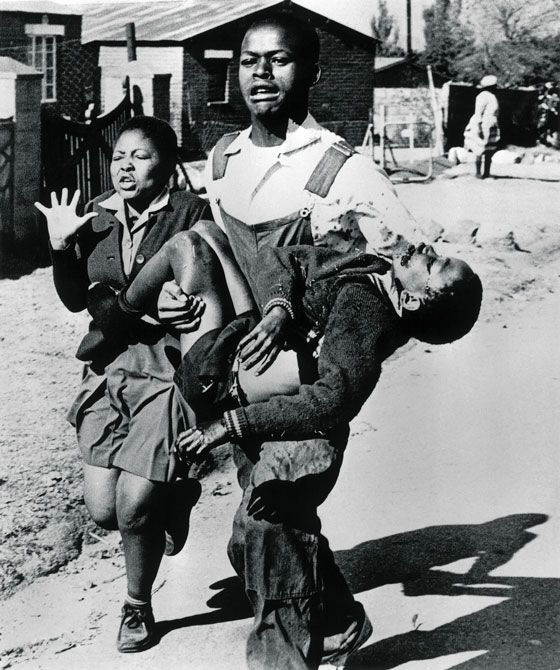
Through the promotion of positive propaganda, peace can be achieved. Although there is a thin line between indoctrination and positive propaganda, this needs to be closely monitored. According to Martin Luther King, the deciding factor in whether propaganda is good or bad is the merit of the cause being urged. It is important that people who have access to public platforms use their voice for good, and positive propaganda is a necessary tool, but should only be left in the hands of those who want to uplift humanity.
Positive propaganda is a complex concept and it can be difficult to distinguish it from negative propaganda. Here is an article that will explain the difference in great detail.
